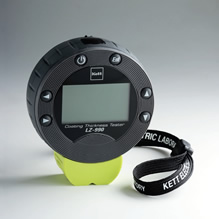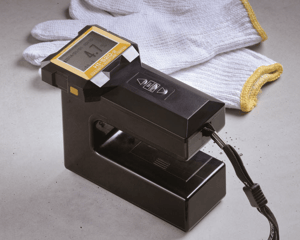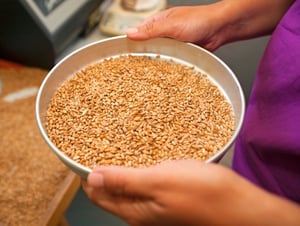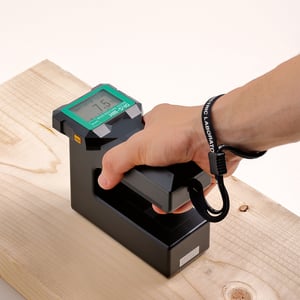 Whether you’re the packaging company, manufacturer or distributor coating thickness is key to ensuring product quality, reliability and profit margins.
Whether you’re the packaging company, manufacturer or distributor coating thickness is key to ensuring product quality, reliability and profit margins.
The challenge is to first get the coating thickness right, and then to maintain it.
The purpose of this article is to provide some helpful tips on how you can ensure packaging quality with consistent and reliable coating thickness.
1. Establish Specifications
The first step is to establish clear-cut technical specifications and to have all stakeholders approve these specifications. These specifications should include all elements that relate to coating thickness for example: correct tagging, styles, package numbers and weight for instance. Also important is the correct coating thickness.
2. Determine Measurement Method
Measurement of coating thickness should be a routine event for all coaters. The correct gauge to use depends on the thickness range of the coating, the shape and type of substrate, the cost of the gauge, and how critical it is to get an accurate measurement.
Using measurement instrumentation specifically designed to measure coating thickness is important.
Magnetic film gauges are used to nondestructively measure the thickness of a nonmagnetic coating on ferrous substrates. Most coatings on steel and iron are measured this way. Magnetic gauges use one of two principles of operation: magnetic pull-off or magnetic/electromagnetic induction.
For these purposes it’s desirable to have the ability to instantly measure coatings. Look for a coating thickness gauge that is both simple to use and provides quick results. This way anyone on your production floor can take on this task with minimal training.
3. Regular Testing
Regular testing is key to producing consistent and reliable product coating thickness that meets the various specifications and expectations. This is why it’s important that the testing itself is simple to perform, quick and easy to read, and understand the results.
Look for an instrument that automatically determines the substrate and uses the appropriate measurement circuit. An instrument with a large screen to quickly read results is desirable to save time on the factory floor during the testing process. Those results should be able to be stored in the gauge and transferred to a computer and/or printer later if at all possible for collating and averaging purposes. An instrument that stores many test measurements is obviously best for this purpose so you are able to perform several tests before downloading the results.
The operator must be able to make consistent contact between the instrument and the test surface. Make sure you choose an instrument designed to make this process easy.
4. Implement Training
Train your packaging staff in all processes including testing and measurement. A well-trained packaging person can often make considerable savings in cost simply by not generating unnecessary waste due to inexperienced use of equipment and handling of packaging.
Thickness in coatings can have a big impact on cost and quality so it’s important to select the correct equipment to get it right. The Kett LZ990 has been designed specifically to maximize ease and minimize complications for the operator. The probe is spring loaded with built in edge guide to assist in curved and edged surfaces. It can be used directly on the manufacturing floor and provides instant, accurate results your operators can feel confident about.
If you have any questions about how Kett can help you improve your business production and packaging quality please contact us here or click on the button below.
We'd be happy to answer your questions.
Other Articles You May Be Interested In
How Do I Calculate The ROI When Purchasing A Moisture Meter?
How To Determine If The Electrical Moisture Method Is Right For Your Needs



